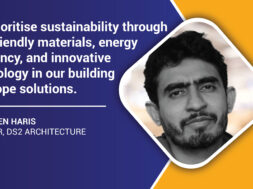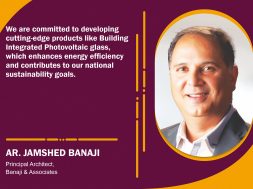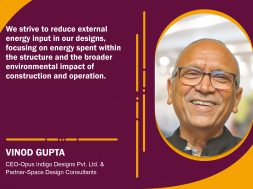Pioneering energy efficiency with sustainable building envelope
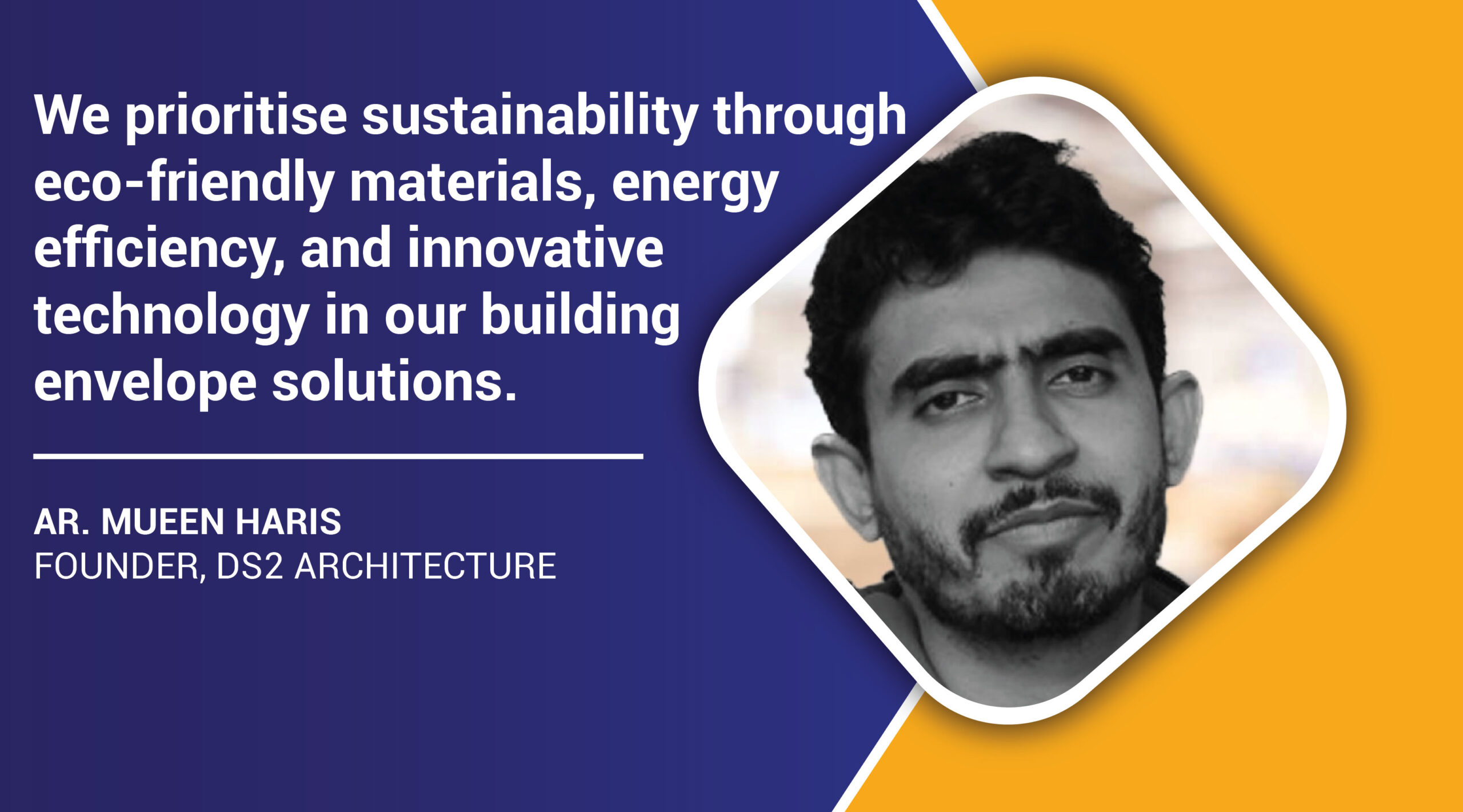
Ar. Mueen Haris, Founder of Ds2 Architecture speaks about building envelope solutions and enhancing energy efficiency and sustainability.
“We prioritise sustainability through eco-friendly materials, energy efficiency, and innovative technology in our building envelope solutions.”
Sustainable practices
Sustainability has become an increasingly important aspect in the construction industry. One of the key ways in which we integrate sustainability into our building facade is through the use of eco-friendly materials. By carefully selecting materials that have a low environmental impact, such as recycled or renewable resources, we aim to reduce the overall carbon footprint of our projects and contribute to a more sustainable future.
Challenges
Building envelope solutions in the construction industry address key challenges like enhancing energy efficiency by minimising heat transfer and air leakage. They ensure comfortable indoor climates year-round and optimise insulation. Moreover, these solutions contribute to eco-friendliness by reducing resource consumption and waste generation. Our company employs cutting-edge materials and design techniques to meet these challenges, emphasising sustainability and energy performance in our building envelope solutions.
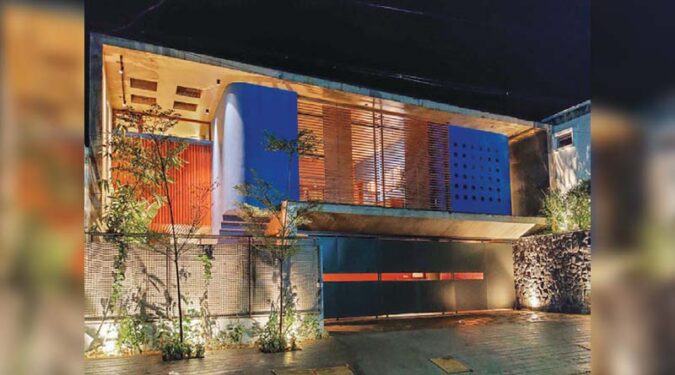
Latest advancements
We incorporate innovative strategies in projects like Shareef House to enhance building envelope solutions. Our design maximises natural ventilation and daylight usage, reducing reliance on artificial lighting and HVAC systems for improved energy efficiency. The thick exposed brick walls offer thermal comfort, while sustainable materials and construction practices minimise environmental impact. The building’s monolithic appearance blends aesthetics with sustainability. These advancements underscore our commitment to creating energy-efficient and sustainable building envelopes.
Enhancing energy efficiency
Building envelope performance is a critical factor when it comes to energy conservation. A well-designed and properly constructed building envelope can significantly reduce energy loss and improve energy efficiency. On the other hand, a poorly designed or deteriorated building envelope can lead to energy waste and discomfort for occupants. Insulation materials, such as fiberglass, foam, or cellulose, are installed within the walls, roof, and floor to reduce heat transfer between the interior and exterior of the building. By minimising heat transfer, insulation helps to maintain a stable indoor temperature, reducing the need for heating or cooling systems and therefore saving energy. Another important aspect of building envelope performance is air leakage. Uncontrolled air leakage can result in significant energy loss and decreased indoor air quality. To prevent air leakage, various measures can be taken, including sealing gaps and cracks, using air barriers, and ensuring proper installation of windows and doors.
For more info visit : https://www.ds2.in/
64
Cookie Consent
We use cookies to personalize your experience. By continuing to visit this website you agree to our Terms & Conditions, Privacy Policy and Cookie Policy.
